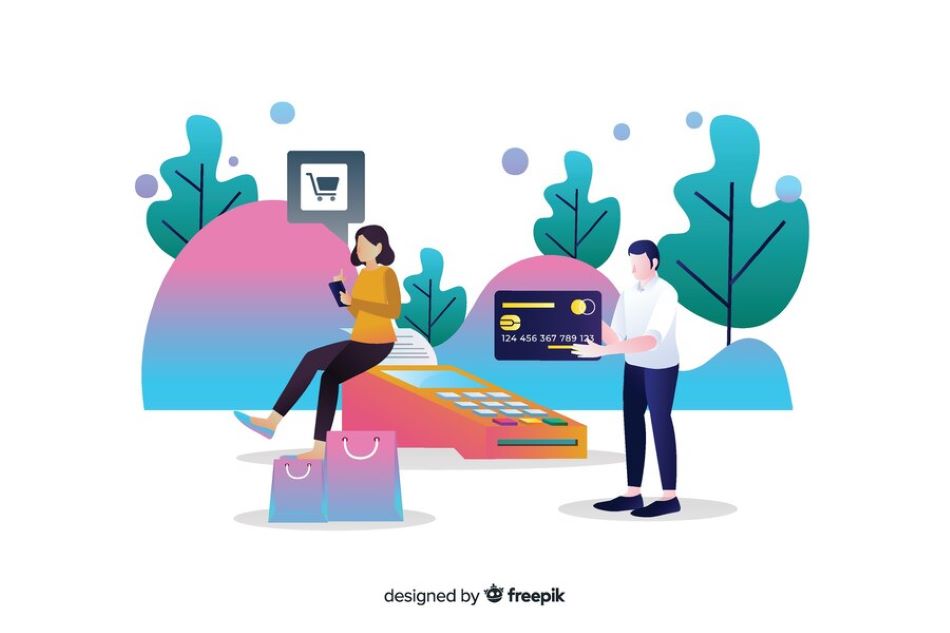Whether you have a credit card or debit card, the term “chargeback” often arises, particularly when disputes occur over transactions. A chargeback is a consumer protection mechanism provided by card networks like MasterCard and others, which allows cardholders to dispute a transaction and potentially receive a refund if the dispute is resolved in their favour.
Understanding chargebacks is crucial for both consumers and merchants, as it impacts financial management, customer service, and business operations.
Definition and Purpose of a Chargeback
A chargeback is essentially a reversal of a credit card transaction, initiated by the cardholder’s bank (the issuing bank). The primary purposes of chargebacks include:
- Chargebacks protect consumers from fraudulent transactions, unauthorised charges, and merchant errors.
- They hold merchants accountable for delivering the goods or services promised and maintaining transaction integrity.
- Chargebacks provide a structured process for resolving disputes between cardholders and merchants.
Read more: 10 things to do if your credit card is stolen or lost
How Does a Chargeback Work?
The chargeback process involves several steps and multiple parties, including the credit card holder, the issuing bank, the merchant, and the acquiring bank (the merchant’s bank). Here’s a detailed look at the chargeback process:
- A purchase is made using a debit or credit card.
- The cardholder notices an issue with the transaction, such as an incorrect amount, non-receipt of goods/services, or unauthorised charges. They contact their issuing bank to initiate a dispute.
- The issuing bank reviews the cardholder’s claim and may request additional information or documentation.
- If the issuing bank finds the dispute valid, it reverses the transaction and issues a chargeback to the acquiring bank.
- The acquiring bank notifies the merchant of the chargeback and debits the transaction amount from the merchant’s account.
- The merchant can accept the chargeback or contest it by providing evidence to refute the cardholder’s claim.
- The acquiring bank reviews the merchant’s response and forwards it to the issuing bank. The issuing bank then makes the final decision.
- If the chargeback is upheld, the cardholder retains the refunded amount. If the merchant’s evidence is accepted, the chargeback is reversed, and the funds are returned to the merchant.
Read more: Credit card insurance – features & benefits
Common Reasons for Chargebacks
Chargebacks can arise from various issues, broadly categorised into three main types:
- Fraudulent Transactions: These occur when the cardholder claims that the transaction was unauthorised. This could be due to identity theft or a compromised card.
- Merchant Errors: These include incorrect billing amounts, duplicate charges, or failure to deliver goods/services as described.
- Cardholder Disputes: Sometimes, cardholders may dispute charges if they are dissatisfied with the product/service, believe it was misrepresented, or if they did not receive it at all.
The Impact of Chargebacks on Merchants
While chargebacks protect consumers, they can have significant consequences for merchants, including:
- Chargebacks result in the loss of the transaction amount. Additionally, merchants may incur chargeback fees from their acquiring bank.
- Responding to chargebacks requires time and resources, impacting overall business operations.
- A high rate of chargebacks can indicate potential fraud issues within the business, necessitating stricter fraud prevention measures.
- Excessive chargebacks can jeopardise a merchant’s relationship with their acquiring bank, potentially leading to higher processing fees or termination of the merchant account.
- Frequent chargebacks can damage a merchant’s reputation, affecting customer trust and future sales.
Read more: What are some of the credit card rules in India?
Preventing Chargebacks
To minimise the risk and impact of chargebacks on debit cards or credit cards, merchants can adopt several best practices:
- Ensure that product descriptions, pricing, and return policies are clear and accurate to set proper customer expectations.
- Deliver products or services within the promised timeframe to avoid disputes over non-receipt.
- Verify that the amount billed matches the customer’s purchase to prevent billing errors.
- Address customer complaints and issues promptly to resolve disputes before they escalate to chargebacks.
- Implement tools like Address Verification Service (AVS), Card Verification Value (CVV) checks, and secure payment gateways to reduce fraudulent transactions.
- Keep detailed records of transactions, customer communications, and shipping information to provide evidence in case of a chargeback dispute.
Chargebacks are a vital aspect of the debit or credit card ecosystem, offering necessary protection for consumers and ensuring merchant accountability. For consumers, chargebacks provide a safety net against fraud and errors. For merchants, being proactive in reducing chargebacks is crucial for maintaining financial stability and customer trust.
We hope this blog made you understand how the credit card or debit card chargeback process works.


 Get App
Get App  Airtel Store
Airtel Store  Login
Login 



